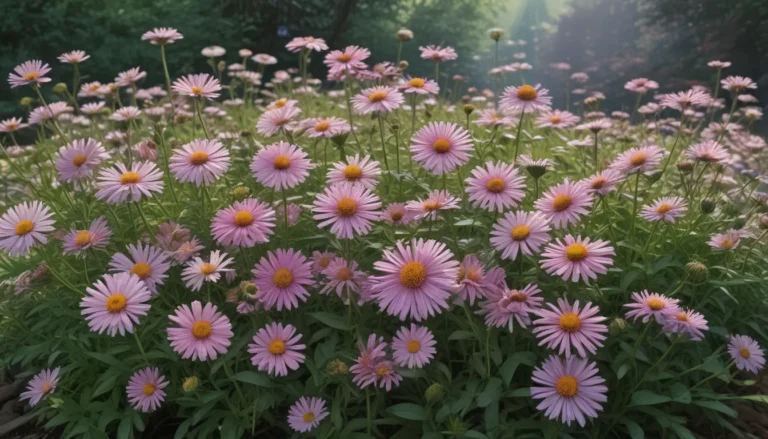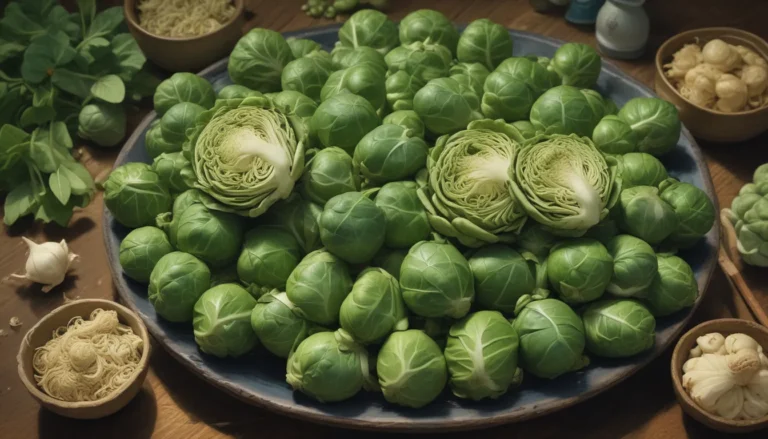A Complete Guide to Transplanting Grape Hyacinths

Are you looking to add some color and fragrance to your garden with grape hyacinths? These early spring bloomers are a delight to have in your yard. However, sometimes they can become a bit too enthusiastic in their growth and spread. If you find that your grape hyacinths are growing out of control or you simply want to move them to a different location, transplanting them is a great option.
In this comprehensive guide, we’ll walk you through everything you need to know about how and when to transplant grape hyacinths. From understanding the basics of Muscari to pinpointing flower clumps, we’ll cover all the essential steps to ensure a successful transplant. So let’s dive in!
A Muscari Refresher
Grape hyacinths, also known as Muscari, are perennial bulbs that produce beautiful flowers in various shades ranging from blue to white. These hardy plants thrive in USDA Zones 3 to 9, making them suitable for a wide range of growing conditions.
In early spring, grape hyacinths bloom best in full sun but can also tolerate light shade. Come midsummer, the foliage dies back as the bulbs go dormant. Some species, like M. armeniacum, may send up foliage in late summer or early fall before going dormant, making them easier to locate.
When it comes to care, grape hyacinths require little maintenance. Avoid soil that is too rich, as it may result in excessive foliage but fewer flowers. A light feeding of a slow-release fertilizer in the spring is beneficial for container plants.
Now that you’ve refreshed your memory about Muscari, let’s move on to the next step.
Pinpoint Flower Clumps
Before you can transplant your grape hyacinths, you need to pinpoint the exact location of the flower clumps. Since the foliage may disappear as the season progresses, marking the outline of the clumps after flowering is essential.
Here are some tips to help you pinpoint the flower clumps:
- Mark the clump outline with pebbles, popsicle sticks, or stakes.
- Cover the clump with leaf mold or mulch to protect it.
- Extend the outline a few inches beyond the clump’s perimeter.
By marking the clumps before the foliage dies back, you’ll save time and reduce the risk of damaging the bulbs during the transplanting process.
When to Transplant
The ideal time to transplant grape hyacinths is in late summer or early fall when the bulbs are dormant. While these hardy plants can be moved almost any time of the year, transplanting them just before or during flowering may have negative effects on their growth.
It’s crucial to keep the foliage intact during the transplanting process, as it plays a vital role in photosynthesis and bulb development. If you must move the bulbs at other times or if the species have green leaves in the fall, leave the foliage intact and dig out the entire clump carefully.
How to Transplant
Now that you’ve identified the flower clumps and determined the ideal time for transplanting, it’s time to learn how to transplant grape hyacinths effectively. Here are the steps involved in transplanting these lovely bulbs:
- Prepare the new planting site:
- Choose a full to partial sun location with well-draining soil.
- Enrich the soil with compost or well-rotted manure.
-
Amend the soil with materials like granite chips, landscape sand, or pea gravel for improved drainage.
-
Locate and lift the clumps:
- Use a hand trowel or small spade to dig around the clump.
-
Lift the entire clump in one piece if it’s not overcrowded.
-
Replant the clumps:
- Create a hole in the new planting site equal to the depth of the clump.
- Nestle the clump into the soil at the same level as the surrounding soil.
-
Backfill with soil and gently firm in place.
-
Divide or thin clumps:
- Tear the clump into even sections using your fingers.
- Remove offsets and thin crowded bulbs.
- Replant the divided bulbs in appropriate-sized holes.
Remember to water the transplanted bulbs gently to help them settle in place. Additionally, consider the spacing and depth requirements based on your climate and growing conditions.
Container Care
If you prefer to grow grape hyacinths in containers, follow these steps for successful container care:
- Choose the right container: Use pots with drainage holes to prevent waterlogging.
- Prepare the soil: Fill the container with humus-rich soil amended with landscape sand or granite chips.
- Plant the bulbs: Place the bulbs in the container and water gently.
Ensure your containers are placed in a full or partial sun location to promote healthy growth and blooming.
Welcome Home
Now that you have the knowledge and skills to transplant grape hyacinths successfully, you can explore a variety of locations in your garden to enjoy their beauty. Whether you plant them in beds, borders, or containers, or allow them to naturalize in rockeries or woodland settings, grape hyacinths will create a charming display.
If you have any questions or need further assistance with transplanting grape hyacinths, feel free to leave a comment below. We’re here to help you every step of the way!
For more information on Muscari, check out these additional guides:
- How to Grow and Care for Grape Hyacinth
- 9 of the Best Grape Hyacinth Varieties for Your Garden
- How to Force Grape Hyacinth (Muscari) to Bloom Indoors
We hope this guide has equipped you with the knowledge and confidence to transplant grape hyacinths successfully. Enjoy watching these beautiful flowers bloom in your garden!





